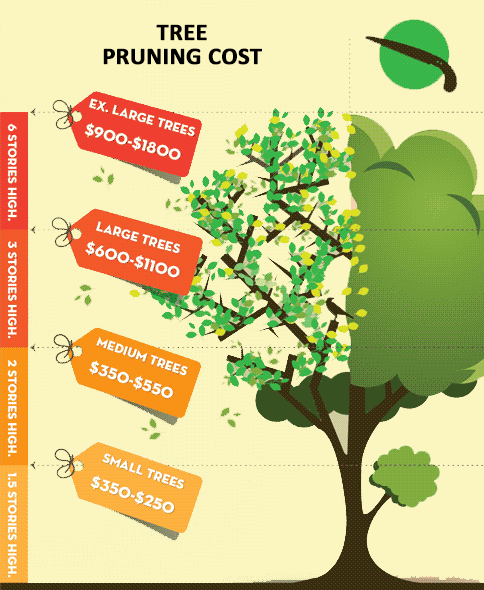The Environmental Advantages Of Stump Grinding: A Sustainable Method To Land Management
The Environmental Advantages Of Stump Grinding: A Sustainable Method To Land Management
Blog Article
Writer-
When it pertains to land management, have you thought about the durable advantages of stump grinding? By addressing the remnants left after tree elimination, this technique not just aids in soil health renovation but also plays a vital duty in stopping erosion and sustaining biodiversity. https://kttc.com/2019/12/19/with-controlled-burn-smoke-in-air-health-experts-urge-caution/ of stump grinding extend far beyond mere aesthetic appeals, using a sustainable option that integrates with nature's detailed systems.
Dirt Health And Wellness Enhancement
Seeking to boost the high quality of your dirt? Stump grinding can be a game-changer for enhancing dirt health on your property. By getting rid of old tree stumps, you're creating space for new growth and allowing crucial nutrients to go back to the soil.
As the stumps break down with time, they release organic matter, enriching the dirt and promoting better plant growth.
Furthermore, stump grinding aids to aerate the dirt, allowing for far better water infiltration and origin development. Compressed dirt can impede plant development and water absorption, yet by grinding stumps, you're loosening the dirt and producing a much healthier atmosphere for your plants.
In addition, stump grinding can likewise aid to stop parasite problems and illness that old stumps might attract. By removing these possible risks, you're developing a more secure and extra effective landscape.
Erosion Prevention
To prevent soil disintegration efficiently, stump grinding plays an essential role in preserving the stability and integrity of your land. By eliminating unattractive stumps from your residential or commercial property, you're additionally lowering the threat of erosion caused by water overflow. Stump grinding eliminates obstacles that can interfere with the all-natural flow of water across your land, avoiding dirt disintegration at the same time.
When stumps are left unblemished, they can serve as obstacles to water flow, triggering dirt to wash away during heavy rainfalls. This erosion not just damages your land however additionally adds to sedimentation in neighboring water bodies, harming water ecosystems.
Stump grinding assists to avoid these concerns by leveling the ground and promoting proper drain, decreasing the chance of erosion.
Biodiversity Support
Maintaining healthy biodiversity on your land is essential for producing a flourishing community. By using stump grinding as a lasting land management technique, you can significantly support biodiversity.
Stump grinding helps promote biodiversity by developing brand-new environments for various plant and pet types. The elimination of stumps permits the regrowth of indigenous greenery, which in turn draws in a diverse range of wildlife. Bugs, birds, and little creatures thrive in these recently available areas, adding to the overall biodiversity of your land.
Additionally, stump grinding assists prevent the spread of illness and insects that can harm plant varieties, thus guarding the environmental balance on your home. By eliminating old stumps, you develop area for new plant development, which boosts the overall wellness of the community.
This healthier environment sustains a bigger selection of varieties, advertising biodiversity and developing a much more durable community in the long-term. Welcoming stump grinding as part of your land management strategy can have long lasting positive results on the biodiversity of your land.
Final thought
By using stump grinding as a sustainable method to land management, you can improve soil health and wellness, avoid erosion, and support biodiversity. This eco-friendly technique not only profits the ecosystem yet likewise advertises the development of greenery and produces habitats for numerous plant and pet varieties. Make a favorable effect on the environment by integrating stump grinding right into your land management practices.
